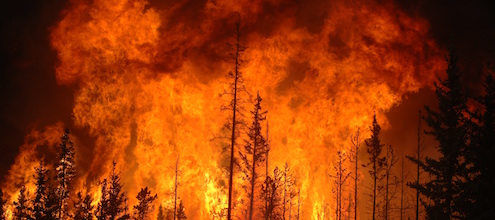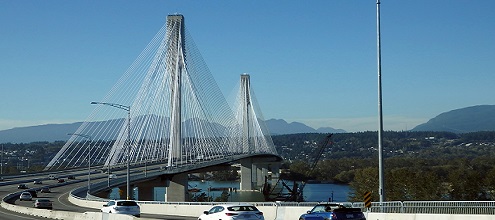
How can climate policy reduce our vulnerability to forest fires? It’s a complex equation
Climate and Energy Pollution Air Pollution British Columbia Catastrophic Risk Climate Change Complementary Policies Wonk WednesdayThe B.C. wildfires continue to rage, displacing tens of thousands and bringing the incredible human costs into fresh focus. Forests cover almost 35% of Canada. They are both a tremendous asset and a source of disaster. In the face of climate change, scenes similar to those in Inland B.C. will increase in frequency. How do […]





